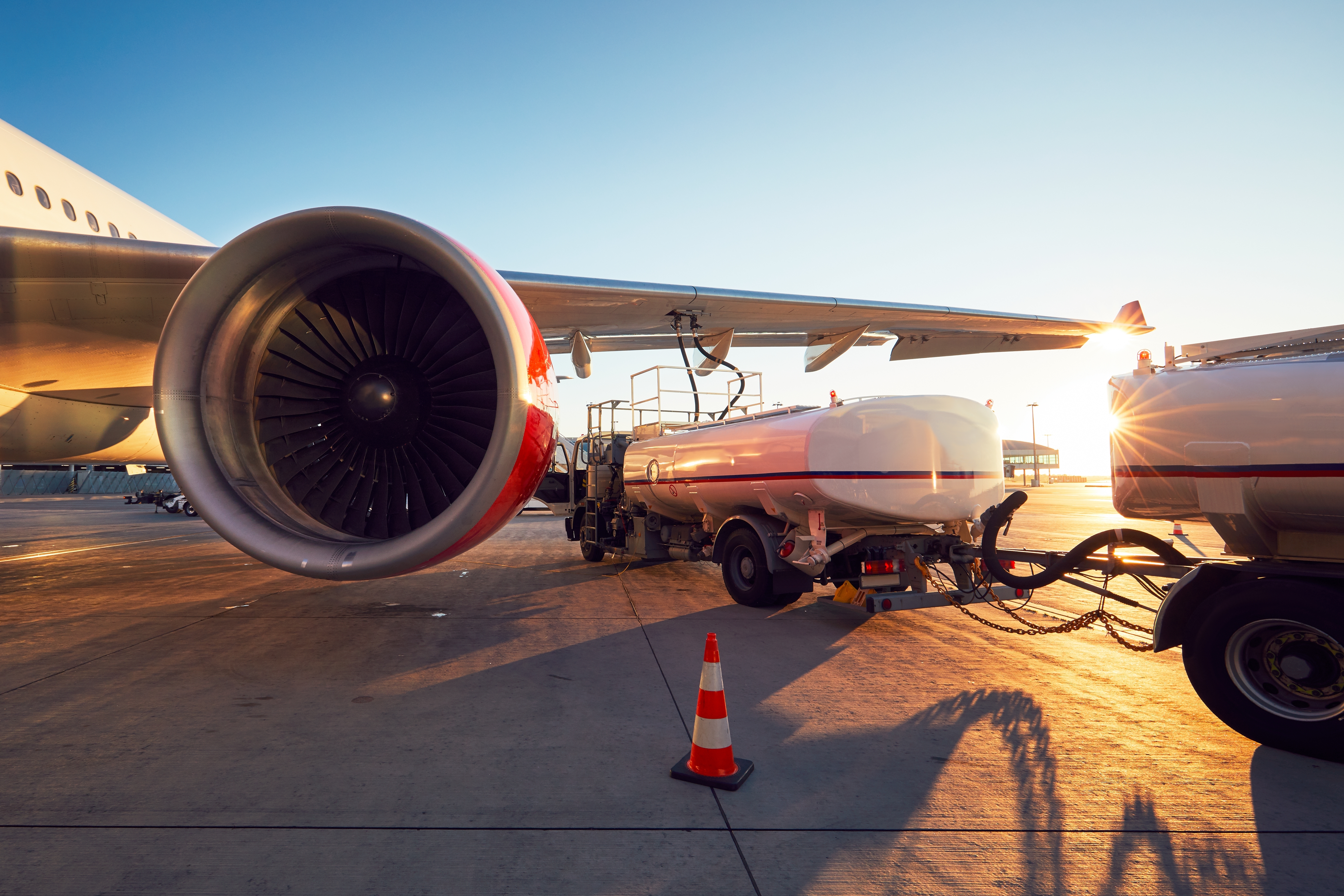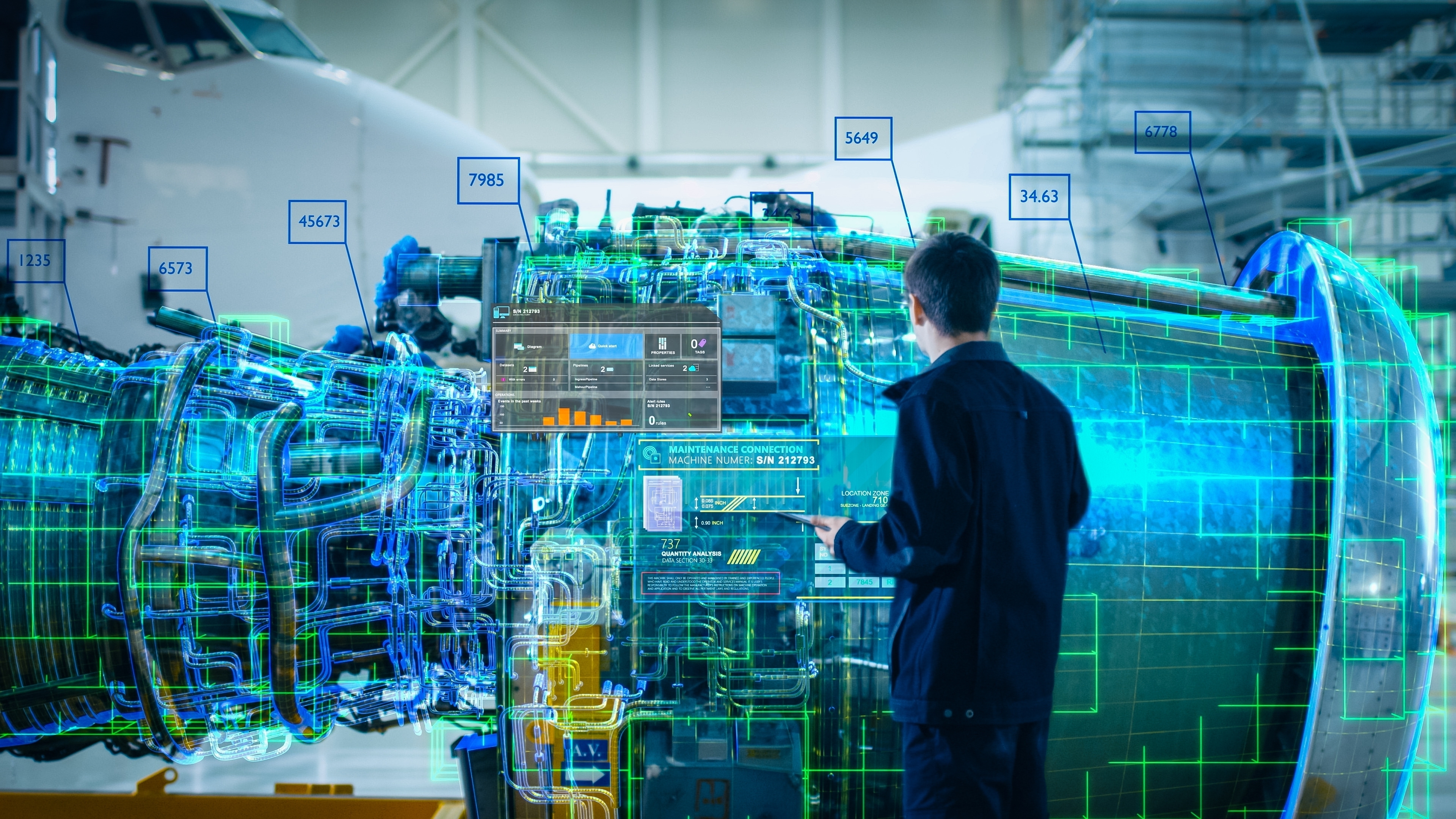Challenges and opportunities for the aviation industry in 2025

Despite record-breaking passenger numbers and revenues in 2025, the aviation industry faces significant challenges, including geopolitical instability, rising fuel costs, labour shortages and supply chain disruptions. Navigating these hurdles will be crucial for sustaining growth and long-term resilience.
The global aviation industry is set to achieve historic milestones in 2025, yet it faces a range of formidable challenges. With passenger traffic projected to surpass 5.2 billion and industry revenues expected to exceed $1 trillion for the first time, the sector is experiencing a strong post-pandemic recovery.
In this article, we explore the challenges and opportunities for the industry in 2025.
Challenges in the aviation industry in 2025
Economic growth amid uncertainty
For the first time in history, the aviation industry is projected to cross the $1 trillion revenue mark – a 4.4 percent increase from the previous year. While this milestone highlights the industry's resilience, economic uncertainty remains a critical challenge.
- Revenue vs costs: According to the International Air Transport Association (IATA), airlines are on track to generate a net profit of $36.6 billion in 2025, up from $31.5 billion in 2024. This growth is fuelled by increasing leisure travel, expanding business connections and a thriving international tourism market. However, total industry costs are expected to increase by 4.0 percent to $940 billion, resulting in an operating profit of $67.5 billion – a net operating margin of 6.7 percent.
- Inflation and operational expenses: Rising costs – including labour, maintenance and fuel – continue to pressure airlines, requiring stringent cost-management strategies to maintain profitability.
- Fluctuating fuel prices: Despite a projected decrease in jet fuel prices to $87 per barrel in 2025 from $99 per barrel in 2024, volatility in fuel markets poses ongoing financial risks.
“In 2025, industry revenues will exceed $1 trillion for the first time. It’s also important to put that into perspective. A trillion dollars is a lot – almost 1 percent of the global economy. That makes airlines a strategically important industry. But remember that airlines carry $940 billion in costs, not to mention interest and taxes. They retain a net profit margin of just 3.6 percent. Put another way, the buffer between profit and loss, even in the good year that we are expecting in 2025, is just $7 per passenger,” commented Willie Walsh, IATA’s Director General when the association announced the expectations for 2025.
Jet fuel prices and their impact
Jet fuel remains one of the most significant cost variables for airlines, comprising up to 30-40 percent of total operating expenses. Geopolitical tensions, supply chain constraints, refining capacity limitations and global oil market dynamics drive price fluctuations. Conflicts such as the Russia-Ukraine War and instability in the Middle East continue to disrupt fuel supplies, leading to increased price volatility.
- Jet fuel price outlook for 2025: After briefly dropping to $70 per barrel in late 2024, jet fuel is expected to average $87 per barrel, down from $99 per barrel in 2024. While this represents some relief, fuel costs remain a critical challenge for airlines managing tight margins.
- Ageing fleets and efficiency concerns: The global fleet's average age has reached 14.8 years – the highest on record. Older aircraft consume more fuel and generate higher emissions, increasing costs and environmental impact.
- Sustainable Aviation Fuel (SAF): SAF adoption remains slow due to high costs and limited supply, making it an inadequate short-term solution to fuel price volatility.

Geopolitical and security challenges
The industry also faces increasing geopolitical instability, particularly due to conflicts such as the Russia-Ukraine War and the Israel-Hamas conflict. These events disrupt global air routes, increase insurance and security costs, and affect fuel supply chains. Airlines must navigate complex international regulations and adapt their operations to mitigate risks associated with geopolitical tensions.
Furthermore, cybersecurity threats are on the rise. As airlines and airports become more reliant on digital infrastructure, they face heightened risks of cyberattacks targeting passenger data, flight operations and financial systems. To counteract these threats, industry leaders are investing in robust cybersecurity frameworks and advanced digital defences.
Tackling cybersecurity in the MRO and aviation industry
Labour shortages and workforce challenges
Persistent labour shortages affect pilots, maintenance crews, ground staff and air traffic controllers. The demand for skilled aviation professionals surpasses the available workforce, leading to operational disruptions, increased training costs and higher wages to attract and retain talent.
- Pilot demand: IATA predicts the global aviation industry will need around 800,000 new pilots by 2039, while Boeing’s Pilot and Technician Outlook forecasts the industry will need 674,000 new pilots, along with 716,000 maintenance technicians and 980,000 cabin crew members, by 2042.
- Airport staffing issues: Baggage handlers, security staff and customer service representatives are in short supply, causing longer wait times and operational inefficiencies.
The shortage of pilots remains a critical challenge: many experienced aviators retired during the pandemic and training pipelines are struggling to keep pace with industry growth.
Similarly, maintenance technicians are in short supply, exacerbating aircraft downtime and limiting fleet expansion. Airlines and maintenance organisations are investing in workforce development initiatives, including apprenticeships and specialised training programs, to address this skills gap.
Why aren't there more young aircraft mechanics?
Supply chain disruptions and aircraft delays
Supply chain bottlenecks remain a significant hurdle – particularly in aircraft production and maintenance. Major manufacturers such as Airbus and Boeing face component shortages, leading to delays in aircraft deliveries, which have forced airlines to extend the operational life of older aircraft.
- Ageing fleet impact: The average global fleet age is now 14.8 years, compared to a historical average of 13.6 years.
- Delivery shortfalls: Only 1,254 new aircraft were delivered in 2024 – 30 percent below projections.
- Grounded aircraft: 14 percent of aircraft remain parked due to maintenance and supply constraints.
- Order backlog: The industry faces a record backlog of 17,000 aircraft orders, delaying fleet renewal and efficiency improvements.
IATA Director General Willie Walsh has strongly criticised aircraft manufacturers for their role in these challenges, stating:
“Supply chain issues are frustrating every airline with a triple whammy on revenues, costs and environmental performance. Load factors are at record highs and there is no doubt that if we had more aircraft, they could be profitably deployed, so our revenues are being compromised. Meanwhile, the ageing fleet that airlines are using has higher maintenance costs, burns more fuel and takes more capital to keep it flying. And, on top of this, leasing rates have risen more than interest rates as competition among airlines intensified the scramble to find every way possible to expand capacity.”
Taking a collaborative approach to supply chain challenges
Opportunities in the aviation industry in 2025
Economic growth amid recovery
Despite economic challenges, the aviation sector is experiencing significant revenue growth driven by increasing leisure travel, expanding business connections and a thriving international tourism market.
- Growing passenger demand: Passenger traffic is projected to surpass 5.2 billion in 2025, reflecting strong post-pandemic recovery.
- Improved operating profits: The industry’s operating profit is anticipated to reach $67.5 billion with a net operating margin of 6.7 percent.
- Strategic industry importance: Airlines contribute almost 1 percent to the global economy, reinforcing their role in global trade, mobility and business connectivity.
Automation and digitalisation
Technological advancements are transforming the industry, streamlining operations and reducing reliance on manual labour.
- AI-driven operational planning: Airlines are leveraging artificial intelligence to optimise flight schedules, maintenance planning and fuel efficiency.
- Automated baggage handling and self-service kiosks: These innovations help reduce staffing shortages at airports and enhance passenger experiences.
AI-driven fleets and predictive maintenance
Artificial intelligence is revolutionising aircraft maintenance and fleet management.
- Predictive maintenance: AI-powered analytics enable airlines to detect potential technical issues before they become critical, reducing AOG and maintenance costs.
- Autonomous and semi-autonomous aircraft: While fully-autonomous flights remain a long-term goal, AI-assisted co-pilot systems are being increasingly integrated to enhance safety and efficiency.

ESG initiatives
Despite challenges in SAF adoption, ESG efforts remain a priority for the industry.
- Hybrid and electric aircraft development: Several manufacturers are investing in hybrid-electric and fully electric aircraft, aiming to reduce fuel consumption and emissions in regional aviation.
- Carbon offset programs: Airlines continue to expand carbon offset initiatives to meet stricter environmental regulations.
- Hydrogen-powered aviation: Research into hydrogen fuel technology is advancing, with major airlines and manufacturers exploring the feasibility of hydrogen-powered commercial aircraft in the coming decades.
Takeaways
The aviation industry stands at the intersection of growth and complexity. While record-breaking passenger traffic and revenues highlight its recovery, airlines must navigate economic fluctuations, geopolitical instability, workforce shortages and supply chain disruptions. By investing in technology, strengthening industry collaboration and adopting strategic cost-management initiatives, the sector can sustain its momentum while addressing the pressing challenges that lie ahead.